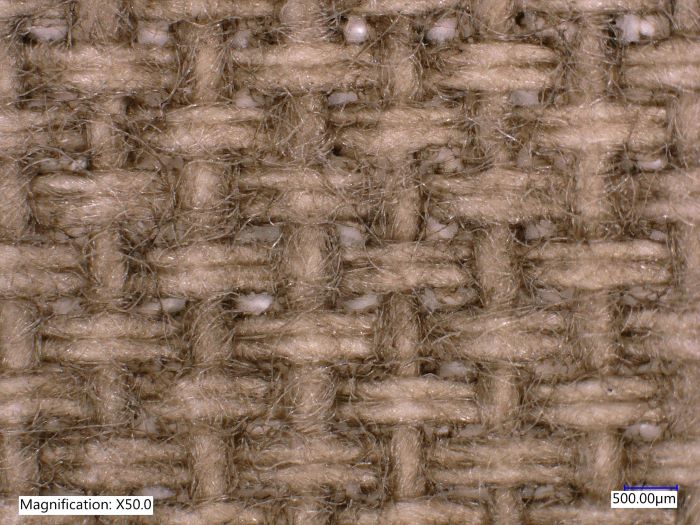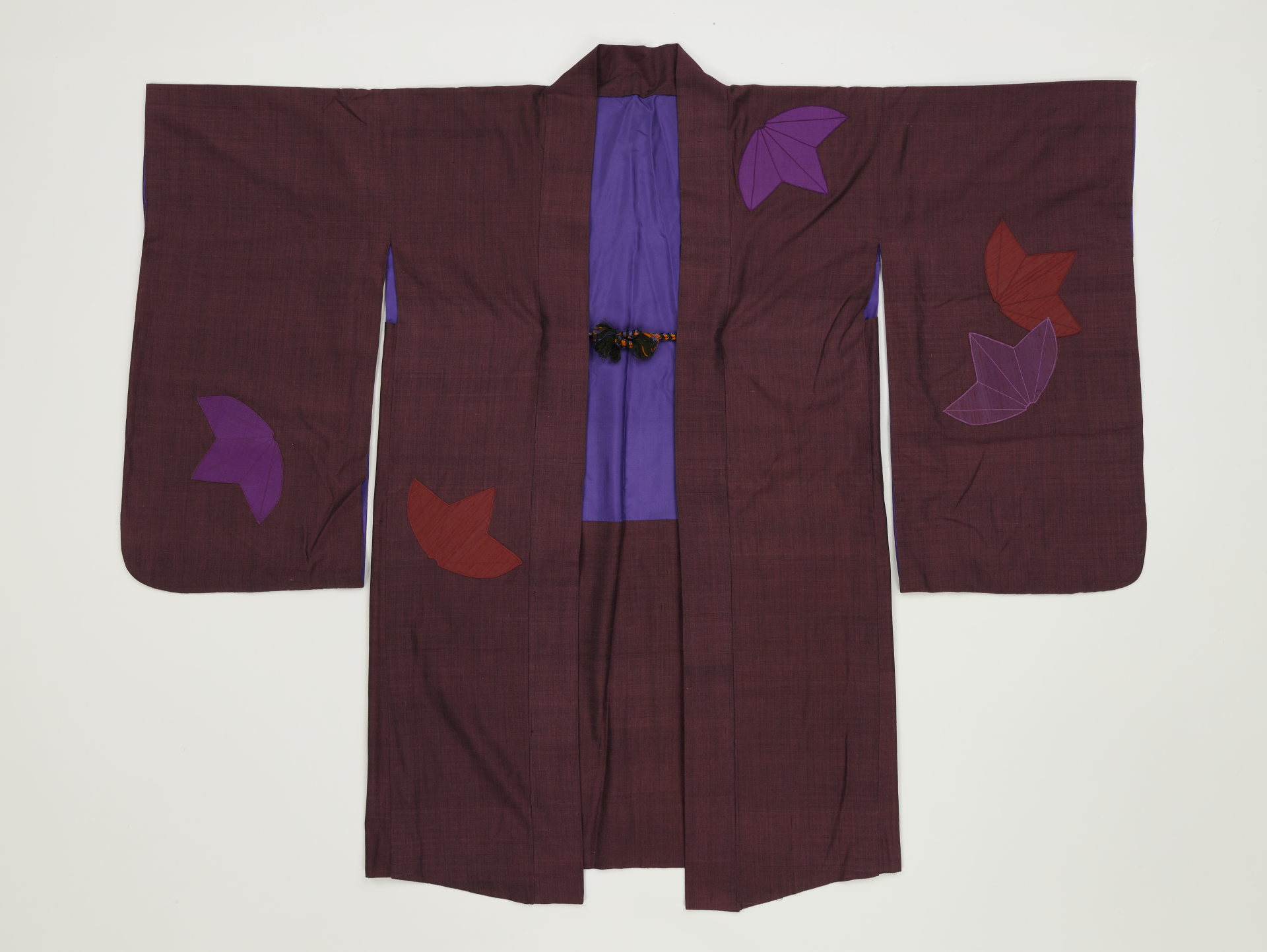Measuring Project: Chapters One to Seven represents recent directions within the artist’s practice since 2018, in working with the material and method of weaving as a fresh way of reframing the subject of power in relation to statehood and its opposite statelessness, as much as to identity, history, colonial trace and the individual’s condition and agency within these. In addition, the artist’s engagement of the communities of weavers from Keningau (the centre of craft in Sabah) and the Bajau Sama DiLaut of Pulau Omadal activates a key aspect of her ongoing interests, which is with the communities and livelihoods of people in her homeland of Sabah, both as aesthetic and social practice, and where the politics of the everyday is not merely acknowledged, but put to action. The work stages the progression of these concepts and narrates the artist’s thought processes, wherein the symbolic power represented by the table is upended by the distributed and collective energies of the mat, depicted via visual tableaus, to arrive at its conclusion uncovered in the role of the ordinary, familiar yet worldly crone who embodies the culmination of knowledge and experience, found in humble and human form. Through its seven chapters – or image clusters – Measuring Project reveals the nature of power as imposed upon the body by the exclusionary, controlling and boundary-defining form of the table that was introduced into Southeast Asia during colonisation, in contrast with the egalitarian and open space of the mat which came before. For the artist, to decolonise is to see the table for what is it, and to see the potential of the return of the mat. The grounding force of the mat is also where the body connects with its environment in material and through indigenous knowledges, memories and relations. The weave of the mat and what it gathers also evokes the bag and the womb as central to life, as well correlates with the experience of body in hair and comb, and where the crone – represented in the frame of the first Bajau woman photographed by the artist – who has mastered all these, symbolising the epitome of human existence.





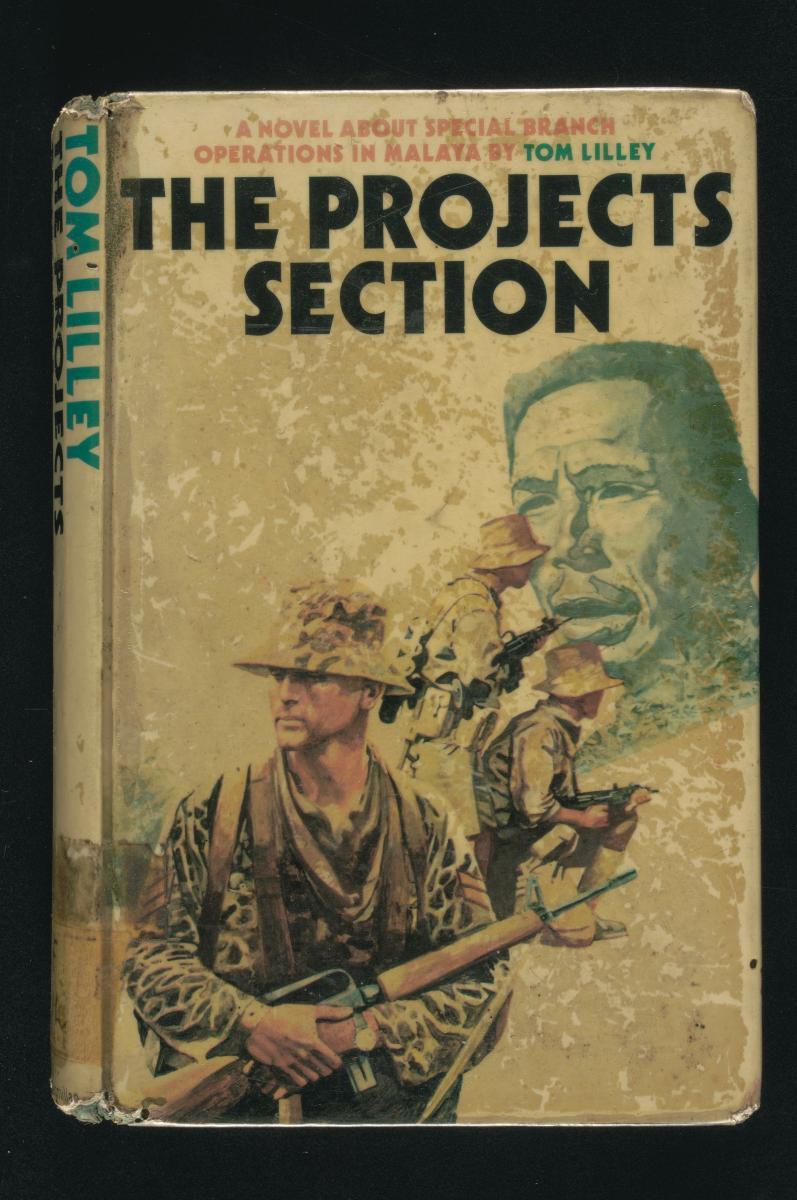
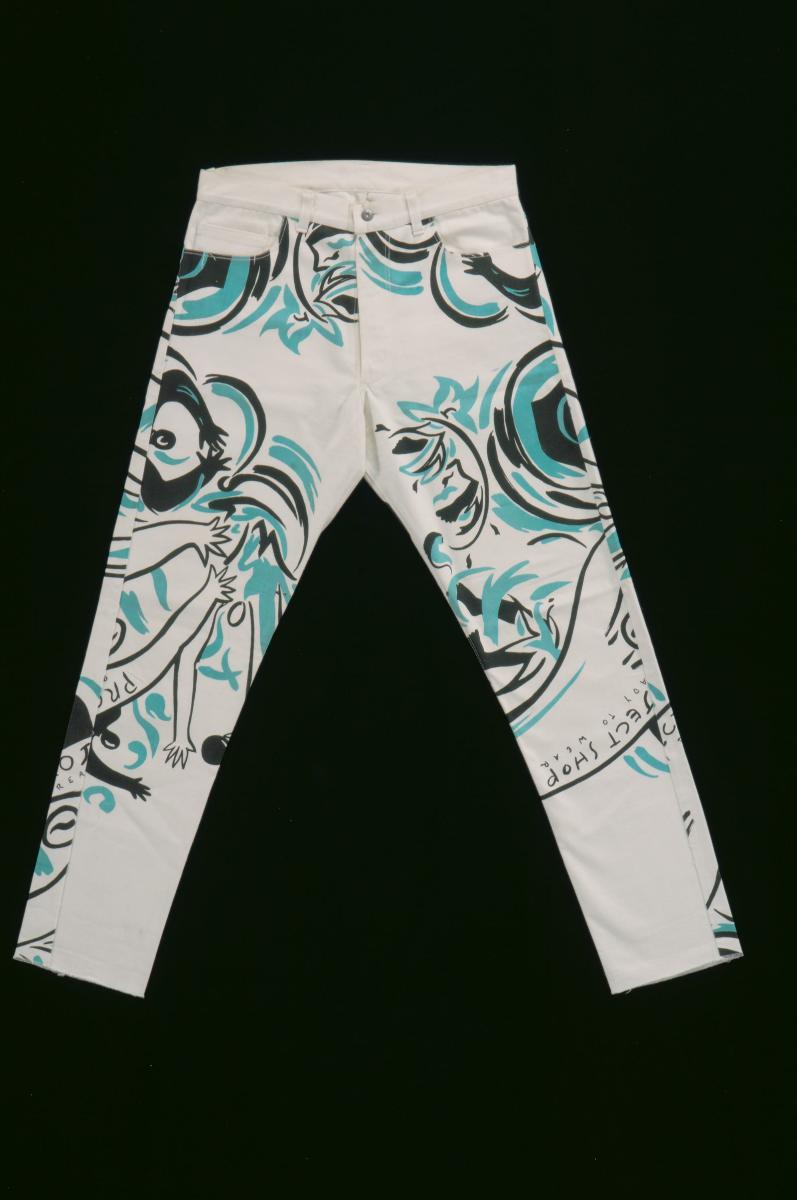
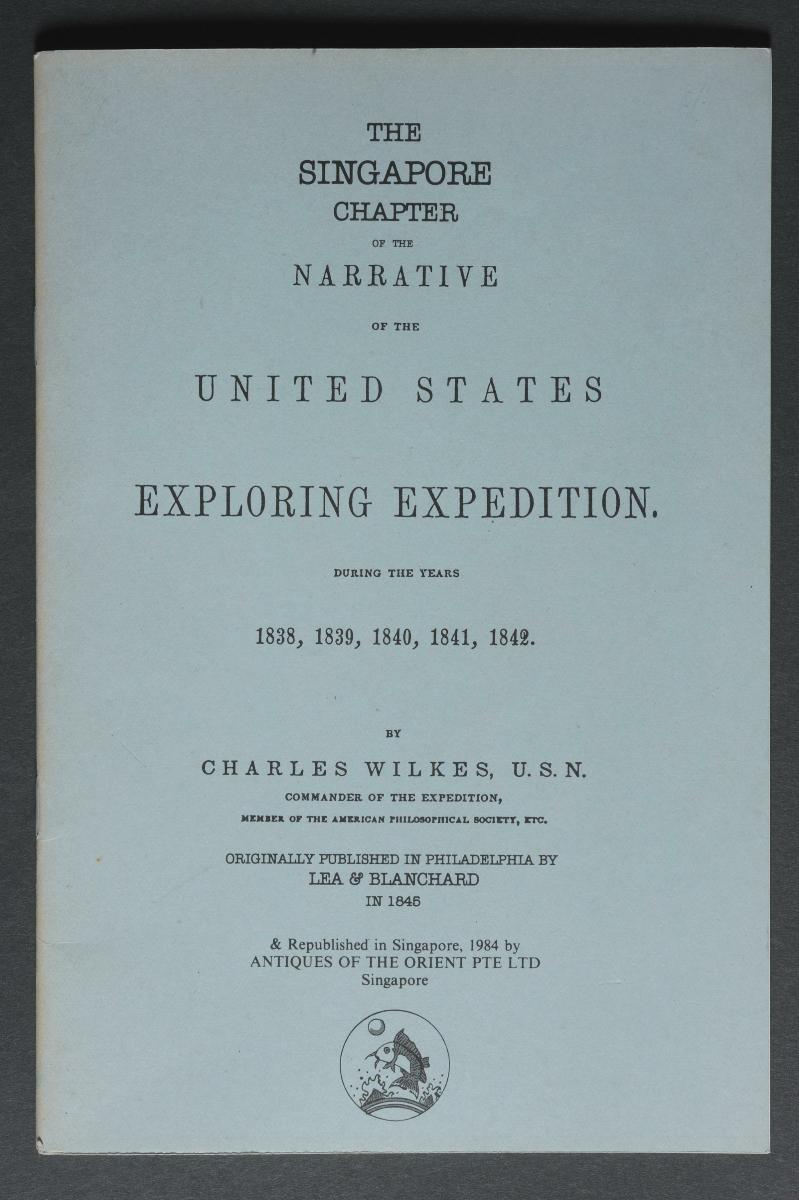
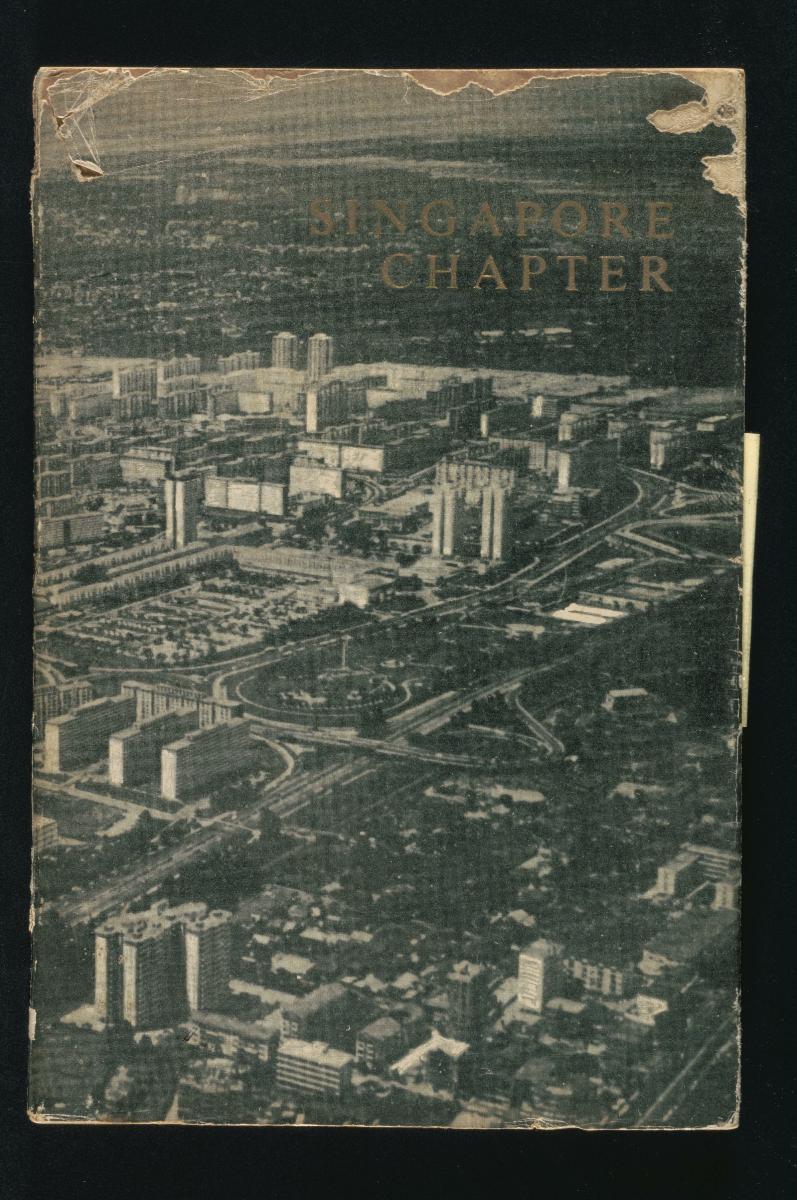


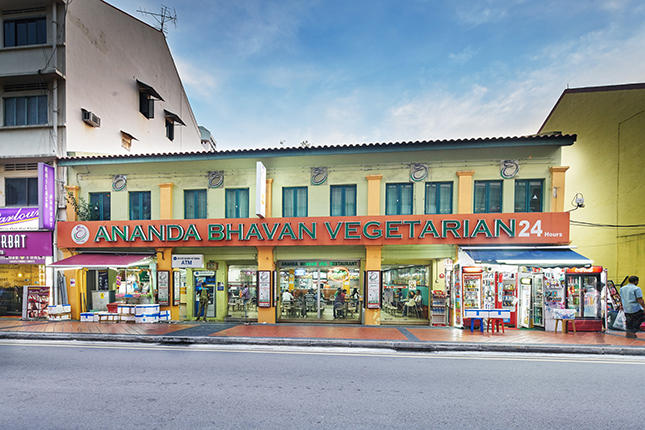
.ashx)

